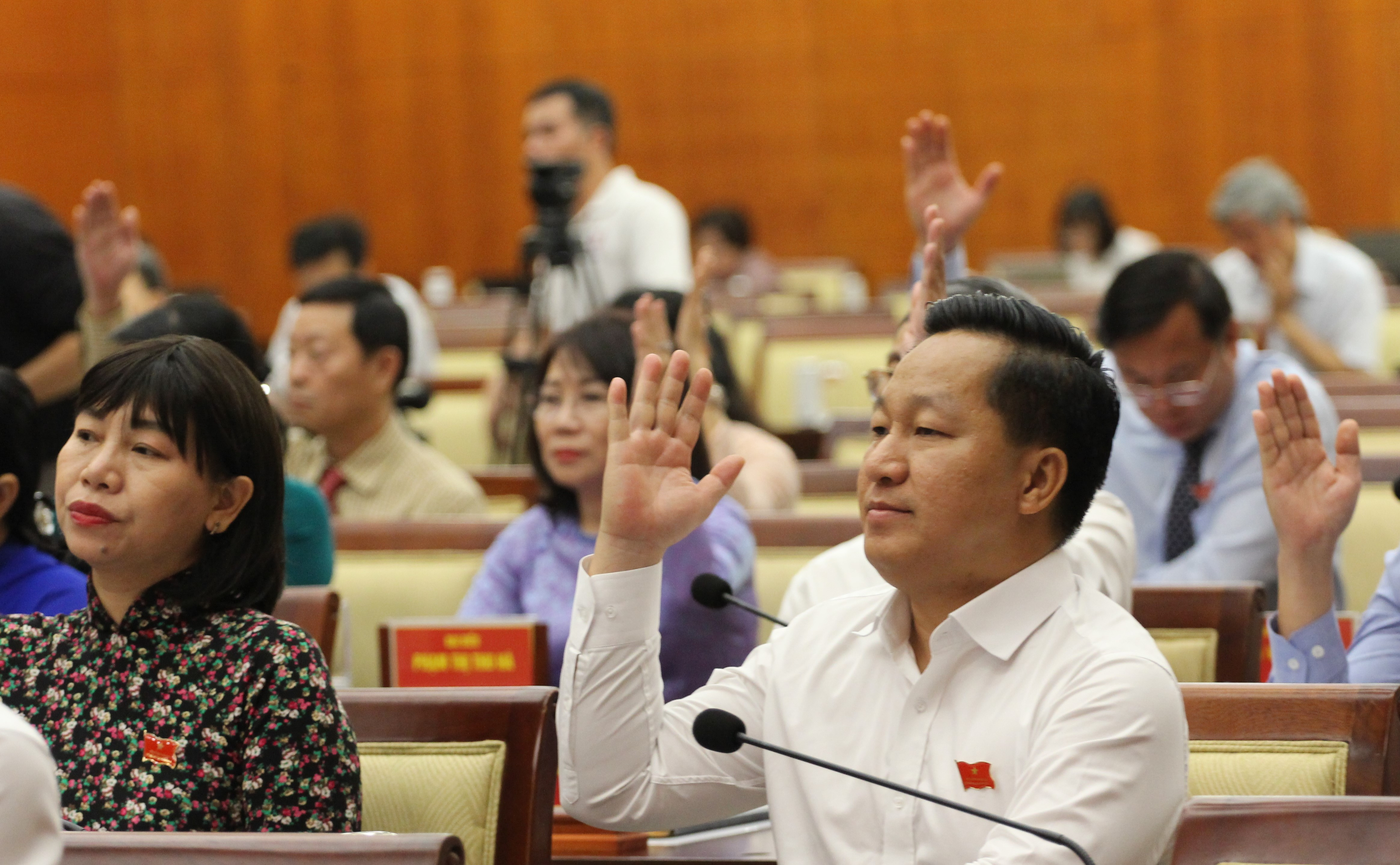
.
As many as 6,177 civil servants quit their jobs from January 1, 2020 to June 30, 2022. Labor experts have rung the alarm over the brain drain in the public sector.
Meanwhile, efforts to attract talented staff and excellent university graduates in HCM City have not brought the desired effect.
In 2014, the municipal authorities began laying a red carpet to invite talents to work in key sectors of the city. The policy helped attract 19 scientists to work in the public sector. However, in 2019-2022, 14 of the 19 scientists left.
Since 2018, HCM City has not attracted excellent university graduates and young talented scientists to work at public units in the city.
The HCM City Department of Home Affairs noted that the brain drain is the result of unreasonable wage policies.
State officers receive monthly salaries which are much lower than pay of private units. The salaries expected by state’s officers are not high enough to cover living needs and to encourage them to devote themselves to the city’s development.
Meanwhile, private institutions and businesses are willing to offer attractive pay and allowances to attract highly qualified workers from the public sector.
Experts point out that HCM City needs to adjust the pay scheme to attract specialists to the public sector.
VND120 million push
On November 11, the HCM City People’s Council approved a policy on paying up to hundreds of millions of dong a month to leaders of the public science and technology institutions established by the city.
There are four salary rates offered, VND60 million, VND80 million, VND100 million and VND120 million, depending on the state officers’ positions.
Commenting about the new policy, experts said paying more is a reasonable decision, but the salaries are not competitive enough compared with the private sector.
In general, the private and foreign invested sector pay workers based on the work they undertake and the profits they can bring. Managers of private units can receive much higher pay and other allowances.
A survey conducted recently by the HCM City Department of Science and Technology found that the pay offered by non-state institutions in science and technology ranges from VND10 million and VND360 million a month. Meanwhile, the public sector pays from VND7 million to VND55 million.
The move by the HCM City People’s Council to pay hundreds of millions of dong to leaders of science and technology institutions has been applauded, though the pay is still modest compared with the private sector. The move has been praised as a great step forward showing the city’s determination to retain talents for the public sector.
In addition to the policy, the municipal authorities have also approved a policy allowing cadres and civil servants to receive additional income, depending on their performance at work.
However, analysts point out that the pay of hundreds of millions of dong to leaders of science and technology institutions and the additional pay to the city’s civil servants are based on the regime stipulated in Resolution 98, and there still has been no official breakthrough in the wage and remuneration regime.
They also stressed that the offered high pay to science and technology institutions’ leaders is reserved for the science and technology sector only, and it is not a common policy of the city, so civil servants in other fields still feel discouraged.
The pay mechanism needs to be designed to suit current conditions to create a driving force for growth, but also with a vision towards upcoming years to prepare the Vietnamese workforce for development.
HCM City Mayor Phan Van Mai said the municipal authorities have realized that there should be a new approach in the pay mechanism for state officers.
Ho Van